
Looking for a Gundog Puppy for working or pet ? If yes then read
the following to help you decide on the right puppy for you and
your family.
Pick your breed:-
Working dogs are bred for temperament, intelligence and ability
to train. They come in all different shapes, sizes and colours
and although are bred to work make excellent active family pets.
There are lots of gundog breeds to choose from and your decision
should be based on what job you require your dog to do.
Here is my ‘ opinion ‘ of the best breeds for different types of
shooting. The most common are the Labrador and Springer Spaniel
closely followed by the Working Cocker. These breeds are easier
to train for the beginner.
Spaniels are the best all round rough shooting dogs but if you
have a little experience then one of the hunt point retrieve
breeds of good working pedigree might take your fancy.
Wildfowling would preferably require a Retriever breed and
Labradors are the easiest to train and do the job well, although
the Chesapeake could be your choice if you have a little more
experience. Labradors are the favoured breed for Pigeon shooting.
Speak to lots of other shooting people and ask their opinions on
the different breeds.
Locating a suitable puppy:-
Search through the UKGundogs.org classified
section or in other shooting press to locate suitable litters to
view. Be very wary of establishments that have many litters of
different breeds available most of the time. These are most
probably what we call ‘ puppy farms ‘, and normally the puppy
welfare is not a priority.
If you want a spaniel for working a docked puppy would be best
so make sure you ask before going to see the puppies, to avoid
confusion.
A Labrador should be purchased from hip scored and eye tested
parents. The eye certificate should read ‘ unaffected ‘ and is a
yearly test. The minimum hip score is 0 and the maximum is 106
(53 for each hip). The lower the score the less the degree of
hip dysplasia present. An average (or mean) score is calculated
for all breeds scored under the scheme and advice for breeders
is to use only breeding stock with scores well below the breed
mean score.
Once you have found a litter you like the sound of and arrange
to go and see the pups here are a few pointers of things to look
for and questions to ask.
Before you view the puppies ask to see all documentation:-
1. Kennel Club Registration
2. 3 to 5 Generation pedigree
3. Hip and eye certificates of both parents (Labrador)
You may notice on the 5 generation pedigree some of the
following terms:-
FTCH – Field Trial Champion
FTW – Field Trial Winner (not printed on KC paperwork)
FTAW – Field Trial Award Winner (not printed on KC paperwork)
SHCH – Show Champion
If you are looking for a pure working dog make sure you have FT
in the pedigree not SH. Pedigree’s will vary on how many of
these champions are in them and some may have a few of each. All
this is fine as long as you get the right type for what you
require. If in doubt ask for advice.
If you are happy that what you were told over the phone by the
breeder is correct then go and see the dam and sire if
available. You should always make sure you see the dam, although
generally the sire will not be available for viewing, this is
quite normal. However, ask if they have a photo of him.
If you like the look of the dam and sire, then have a look at
the pups and take your time don’t be rushed. Once one has caught
your eye ask to put the others back then have a look at what its
like on its own.
Still like what you see then check the following:-
1. Legs are straight
2. No obvious umbilical hernias
3. Rear dew claws have been removed
4. Bite (top teeth should be slightly in front of the bottom)
All fine and happy overall then you can complete the sale and
get ready to take the pup home.
Questions to ask about the puppy:-
1. When was the puppy last wormed?
2. When was the puppy last treated for flea’s and what was used?
3. Has the puppy had any vaccinations?
4. What food to feed the puppy and how many times a day to feed?
Things to leave with:-
1. The puppy of course!
2. Kennel Club Registration (signed by the breeder)
3. 3 to 5 Generation pedigree
4. The breeder should give you some food
Travelling home:-
You should have a safe transport box ready in the car with news
paper or a towel in it, most pups will be sick the first time
they travel but don’t worry this is common and will improve as
the pup gets older and travels more. If you have someone to come
with you to hold the puppy in the car this is probably best and
will lessen the car sickness.
Now you have arrived home safely get ready to enjoy your new
puppy and bond with him.
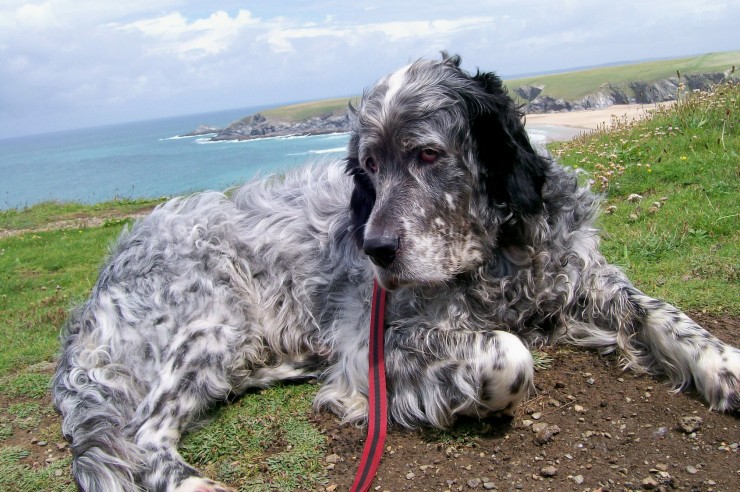 August In Cornwall With Your Dog - The Perfect Holiday Destination
August In Cornwall With Your Dog - The Perfect Holiday Destination
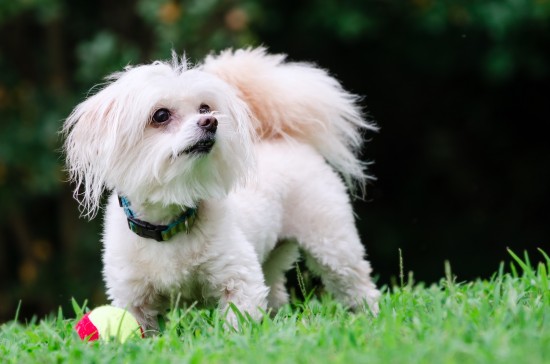 Temperament And Traits Of The Maltipoo Puppy
Temperament And Traits Of The Maltipoo Puppy
 If Humans are Merely Animals, Why do they rule the Surface of the Planet
If Humans are Merely Animals, Why do they rule the Surface of the Planet
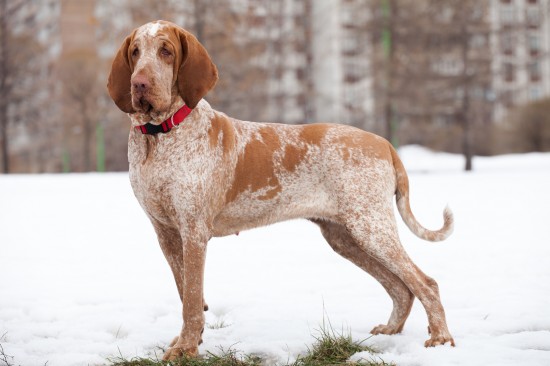 Some Frequently Asked Questions About The Bracco Italiano Dog Breed
Some Frequently Asked Questions About The Bracco Italiano Dog Breed
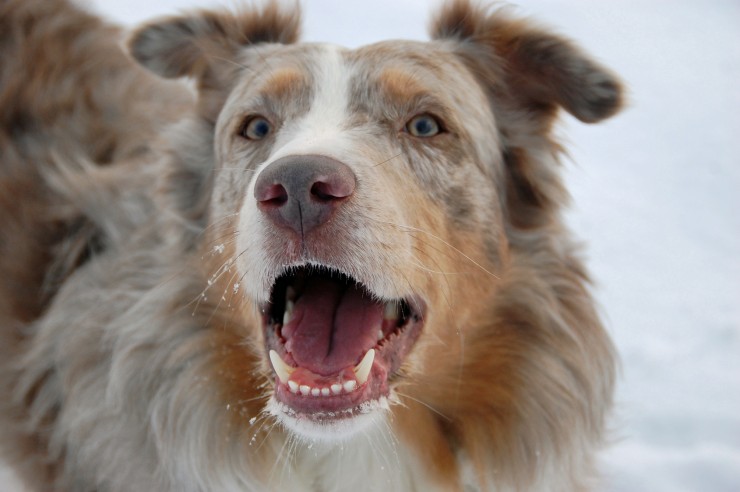 Recognising Different Types Of Aggression In Dogs
Recognising Different Types Of Aggression In Dogs
 Njbr Doing Its Part To Rescue Boxers
Njbr Doing Its Part To Rescue Boxers
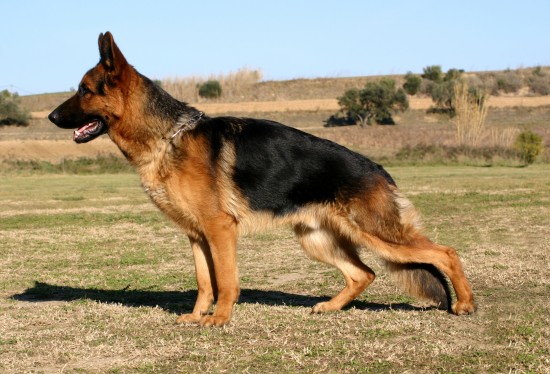 Treatment Options For Hip Dysplasia In Dogs
Treatment Options
Treatment Options For Hip Dysplasia In Dogs
Treatment Options
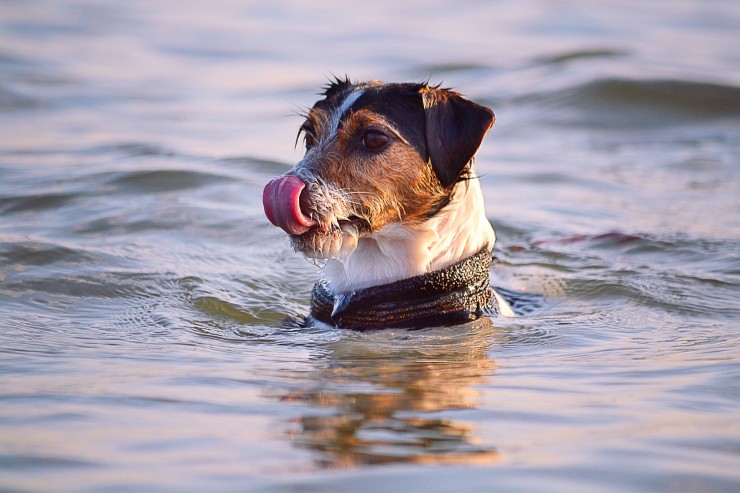 Getting Your Dog Comfortable Around Water
Getting Your Dog
Getting Your Dog Comfortable Around Water
Getting Your Dog
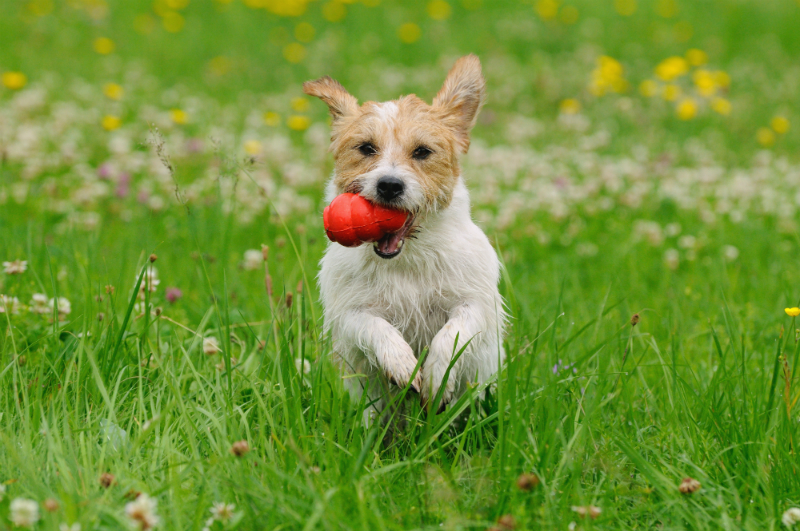 Christmas Presents for Dogs: Santa Paws is coming to Town!
Are you buying your partner a Christmas present?Of course yo
Christmas Presents for Dogs: Santa Paws is coming to Town!
Are you buying your partner a Christmas present?Of course yo
 Canine Parainfluenza - Parainfluenza In Dogs
Canine Parainflue
Canine Parainfluenza - Parainfluenza In Dogs
Canine Parainflue
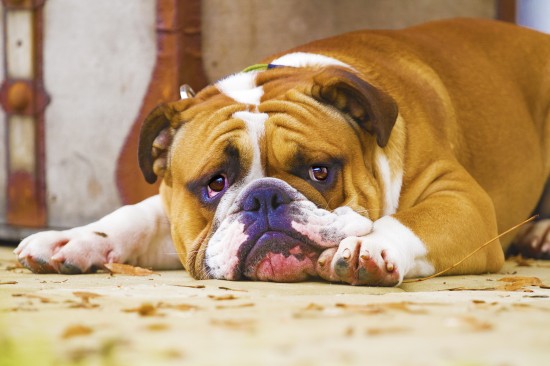 How To Cope With Separation Anxiety In Dogs
How To Cope With
How To Cope With Separation Anxiety In Dogs
How To Cope With
Copyright © 2005-2016 Pet Information All Rights Reserved
Contact us: www162date@outlook.com